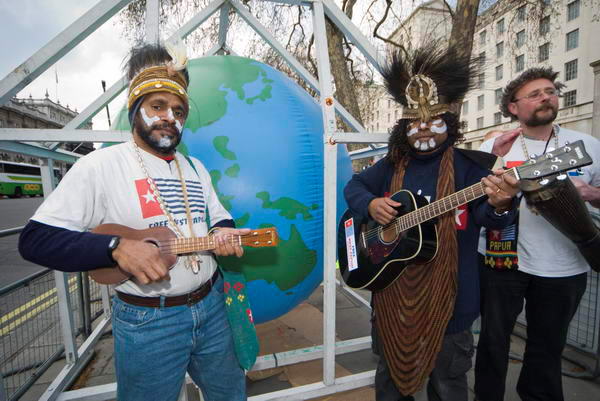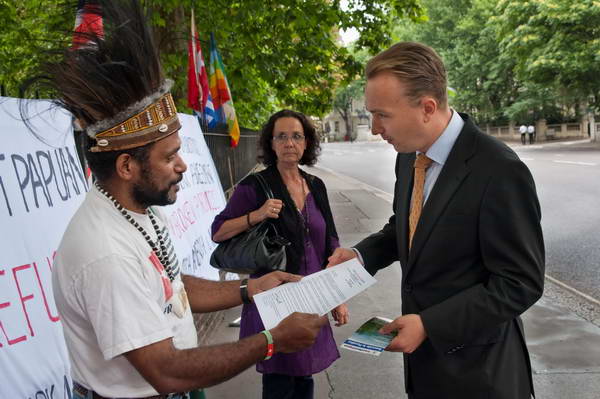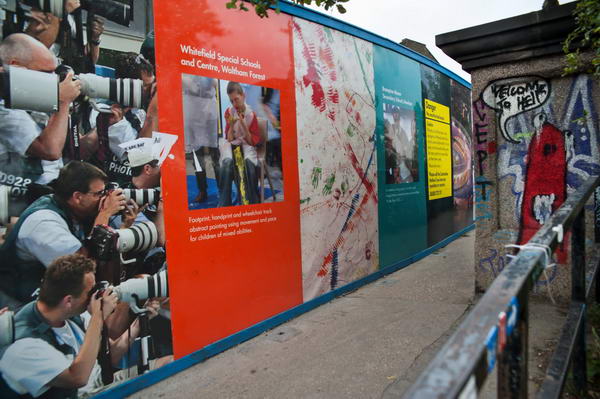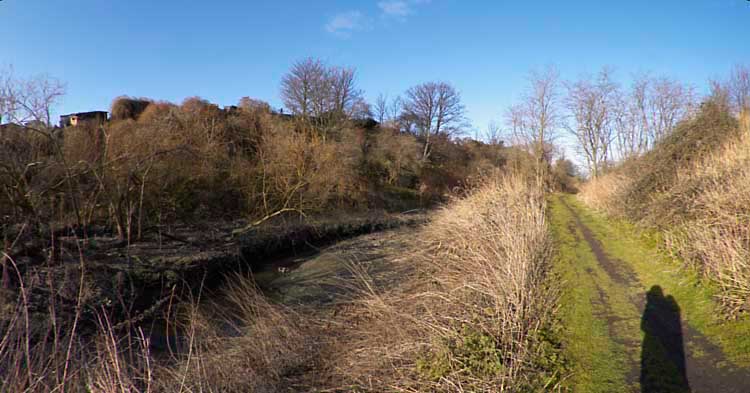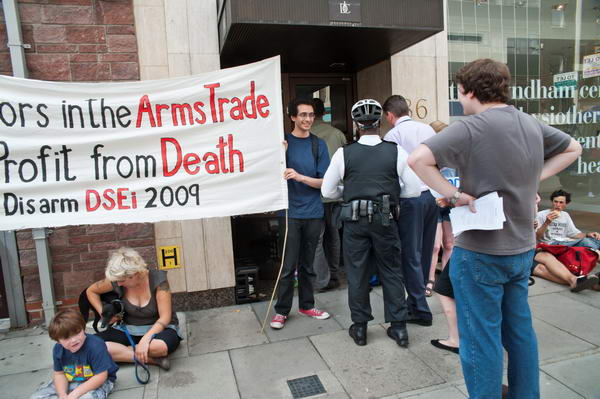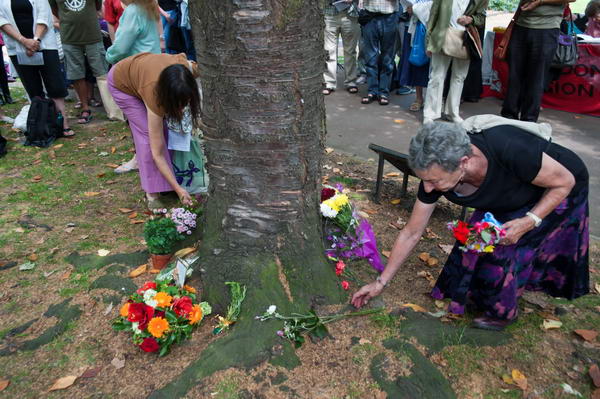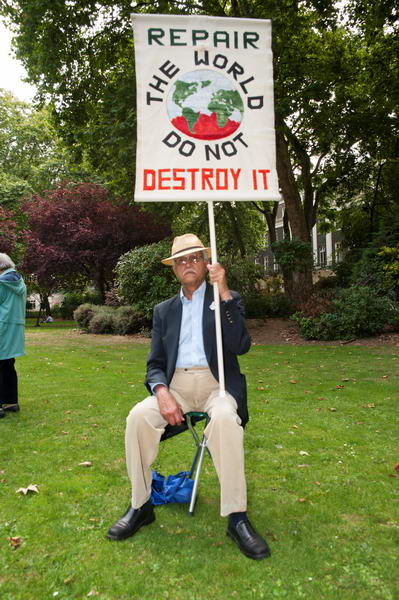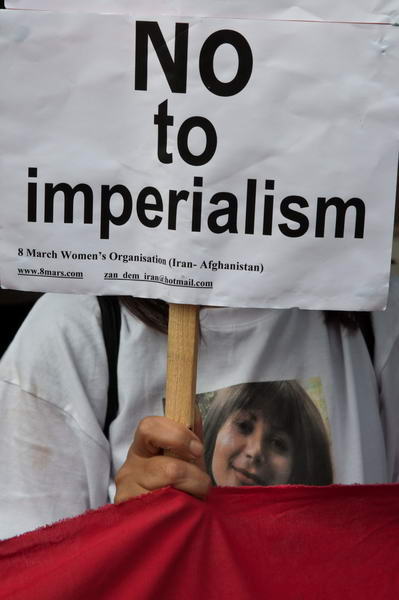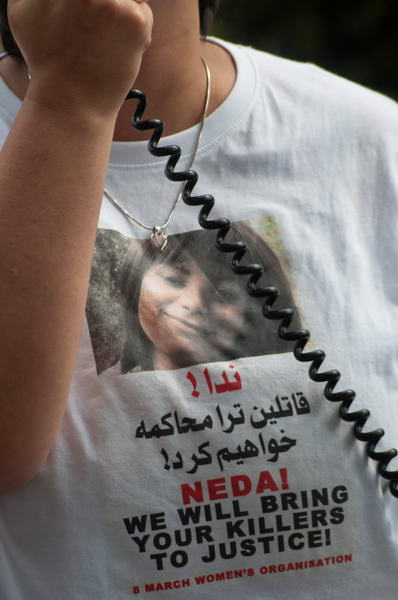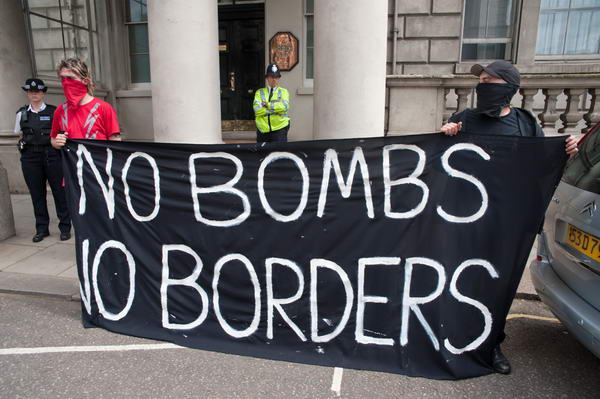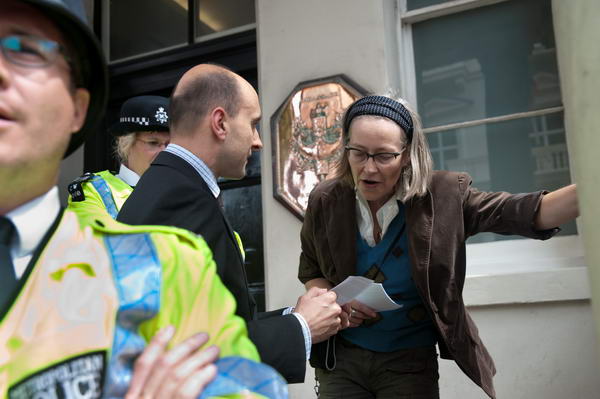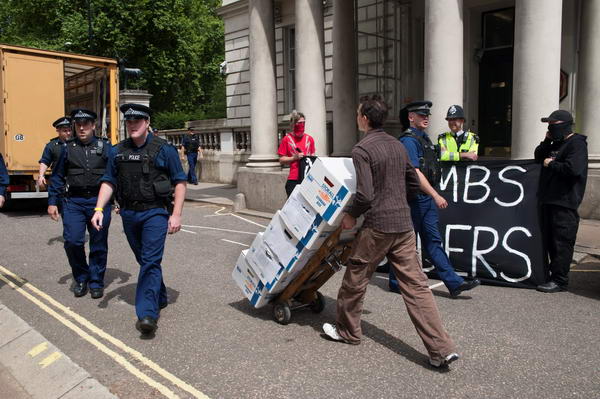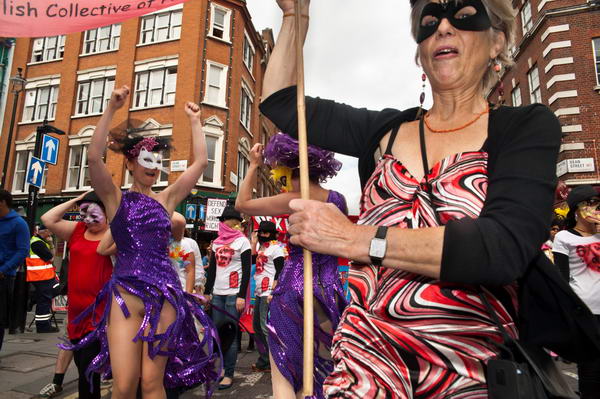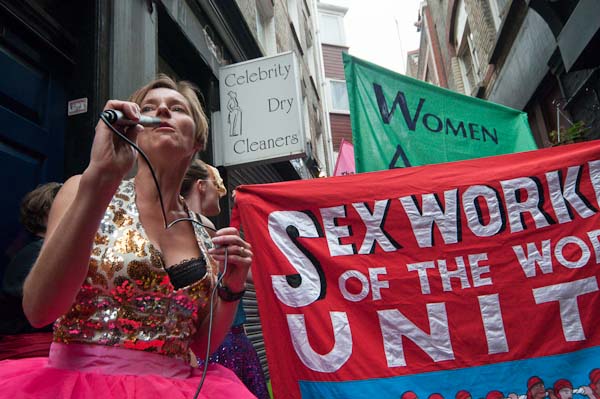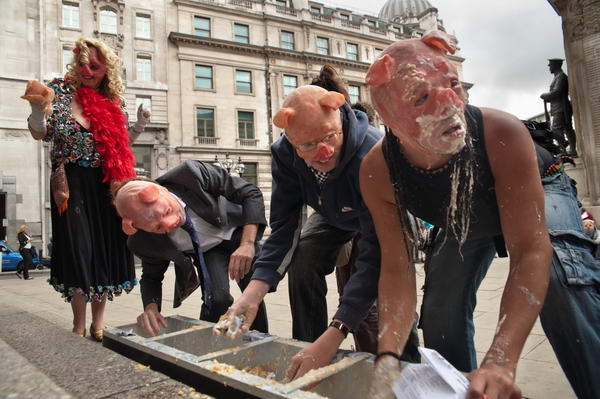On Saturday I went to photograph the Southwark Youth Carnival Procession which was one of the attractions of ‘The Mix‘, a festival for Southwark Youth in Burgess Park.
Burgess park – one of London’s newer parks, part of the planning for a new London during the second World War and still unfinished – is about a mile long and follows the course of the Camberwell branch of the Surrey Canal which I photographed along in the 1980s, around ten years after its closure. Rather more recently one of my sons shared a flat close to it, just off the Old Kent Road (and like many London photographers I’ve spent time photographing along there) so it’s familiar ground to me.
The procession gathered on a public road that is a part of the park close to its south-east corner, and was to march the along the roads to the east and north of the park to enter the festival from the west side, a little over a mile and a half.
It was a colourful and noisy procession, though most of the noise was musical, with the samba band ‘Uniao da Mocidade’ (Union of Youth) and a marching band and dancers from Kinetika Bloco who had also run carnival workshops for groups to produce their costumes.
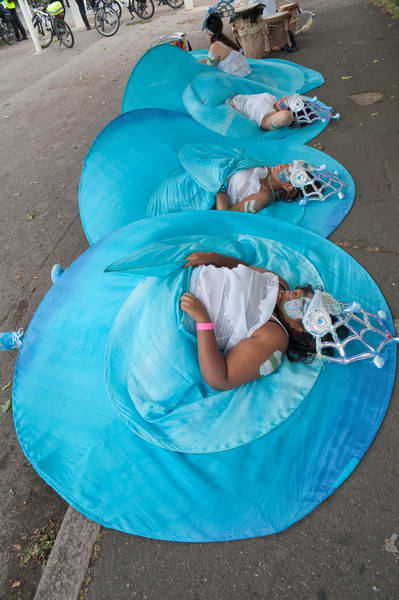
My favourite pictures came before the event, when some of the dancers were resting in the shade before the long walk – or rather dance – around the park. You can of course see more on My London Diary.
Although it was lively enough, I would have liked to see a procession that more strongly reflected the diversity of the borough and in particular the borough’s youth and was also more diverse in terms of ideas. And also something that was more local – this seemed like a generic event that could have happened almost anywhere.
Traditionally carnivals in this country have been supported by all kinds of groups and individuals contributing their own often eccentric contributions to the theme, and it was that amateur eclecticism that I found missing. It would have been good to see many more youth organisations and schools taking part.
I left the carnival as it turned off for the long stretch down Albany Road and hurried to catch a bus along Old Kent Road to the Elephant and on to visit friends. As I rushed along, still clutching camera and flash, a man sitting outside a shop called to me to take his picture – so I did – only to be stopped again by a couple of men a few doors down who also wanted to be photographed.
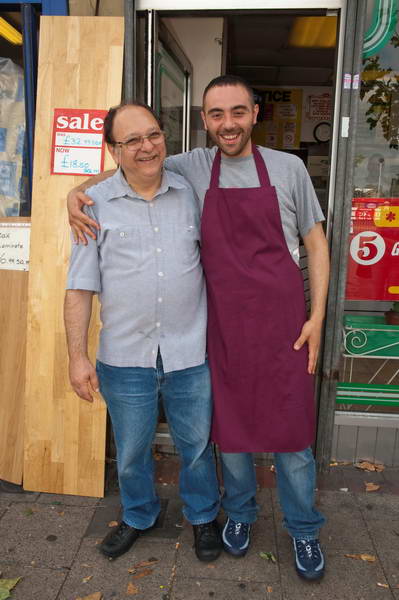
Of course I did so, and I still just managed to catch the bus.
